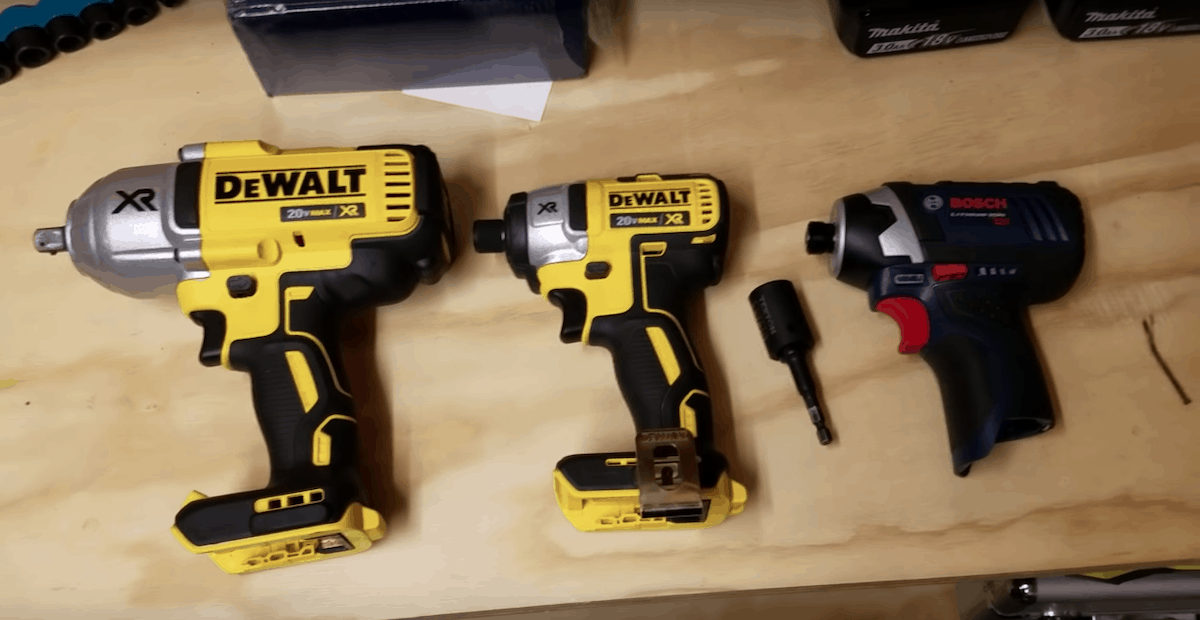

That also means that while you can take on many tasks that you could with a drill/driver, it’s best not to use an impact driver with small screws. You need to be careful not to drive the fastener too deep into the material. An impact driver doesn’t have an adjustable clutch, so while they apply more rotational power, you don’t have the same level of precision and control.

There’s no need to tighten the bit or accessory, but you won’t be able to use round-shank bits, as you would with a drill/driver, without an adapter. Some models let you swap bits with one hand, and some collets have an outer surface that’ll accept square-drive sockets for turning larger nuts and bolts. Rather than an adjustable chuck, an impact driver uses a smaller, fixed chuck or collet that accepts 1/4-inch hex-shank bits.In addition to the unique driving action, there are other differences to consider: They don’t have a clutch, so you have to be careful not to overdrive the fastener. They’re best for drilling but can work for some driving tasks as well. They’re good for use with small fasteners.Ĭorded drills give you long running power but require you to work near a power outlet or use an appropriate extension cord. They usually have an adjustable clutch that allows you to avoid stripping or snapping the head or driving a fastener too deep into the work piece. Combined with a variable-speed capability, the constant torque (rotational force) of a drill gives you precision and better control over the work.Ĭordless drills excel at drilling and work for driving as well. The chuck holds a bit and, depending on how it’s designed, the bit can drill holes or drive fasteners into different types of material. An electric motor turns a component known as a chuck. The basic functionality of a drill is fairly straightforward.

A power drill, also known as a drill/driver, may be one of the most familiar tools for the do-it-yourselfer (DIYer).


 0 kommentar(er)
0 kommentar(er)
